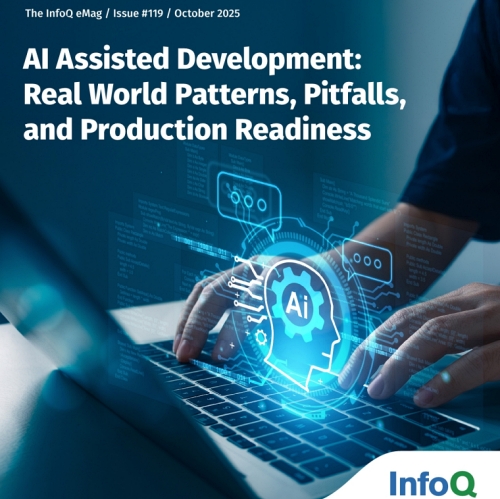Debate2Create: Robot Co-design via Large Language Model Debates
PositiveArtificial Intelligence
The introduction of Debate2Create (D2C) marks a significant advancement in robotics, as it utilizes large language model agents to collaboratively optimize robot design through structured debates. This innovative approach addresses the complex challenge of co-designing a robot's morphology and control, potentially leading to more efficient and effective robotic systems. By allowing agents to propose and refine design modifications in a dialectical format, D2C not only enhances the design process but also opens new avenues for research in automated robotics.
— Curated by the World Pulse Now AI Editorial System





